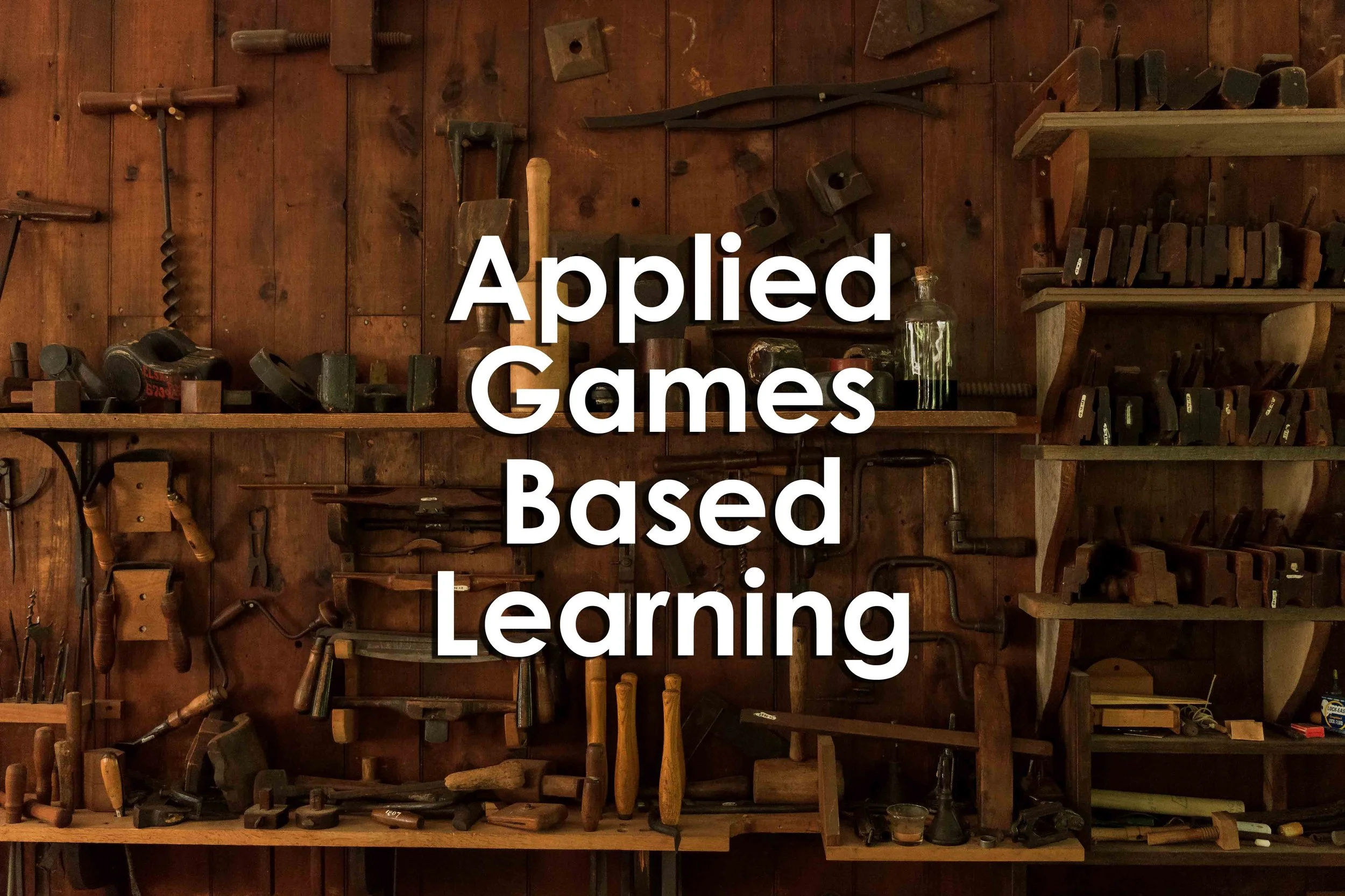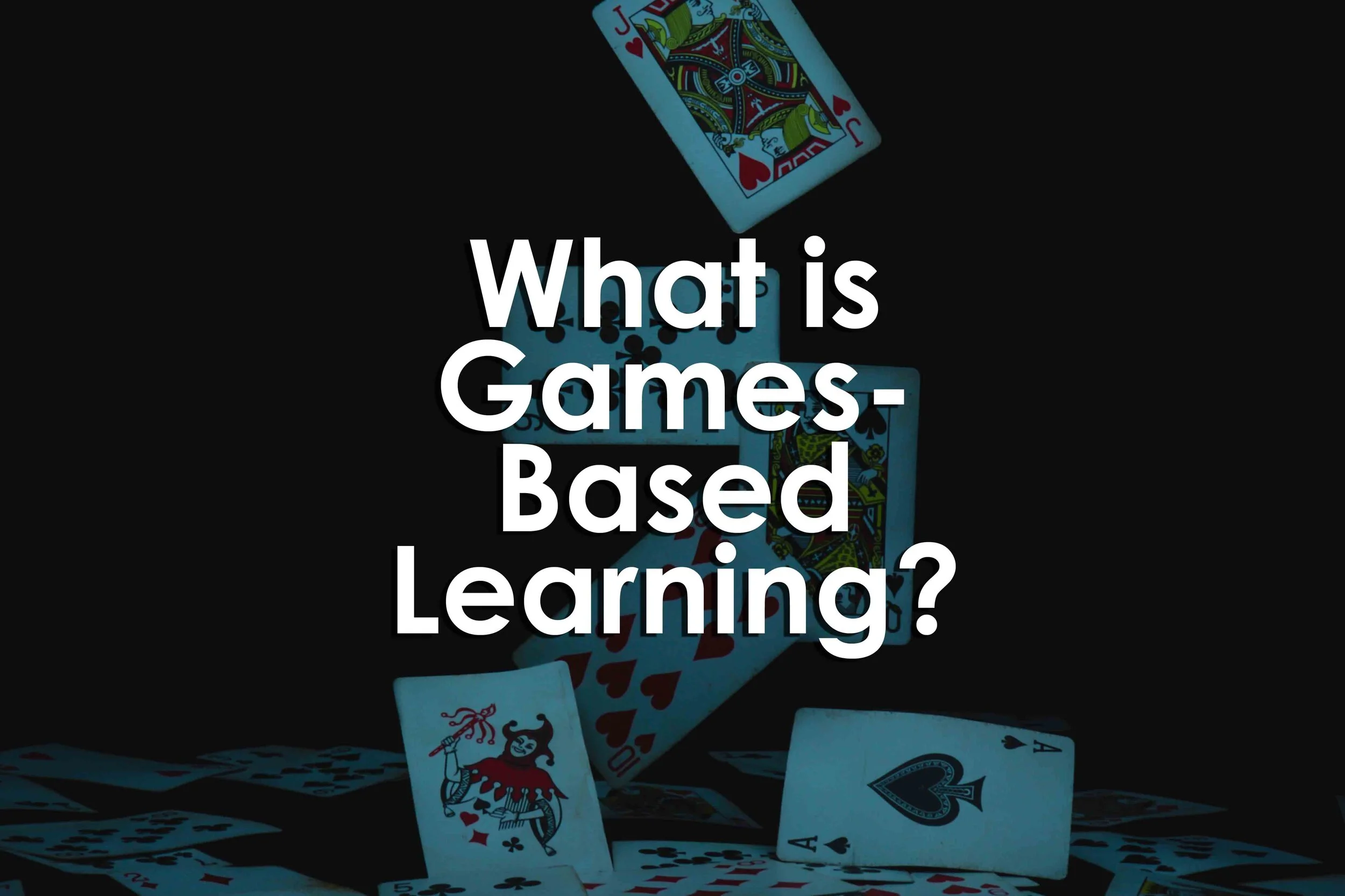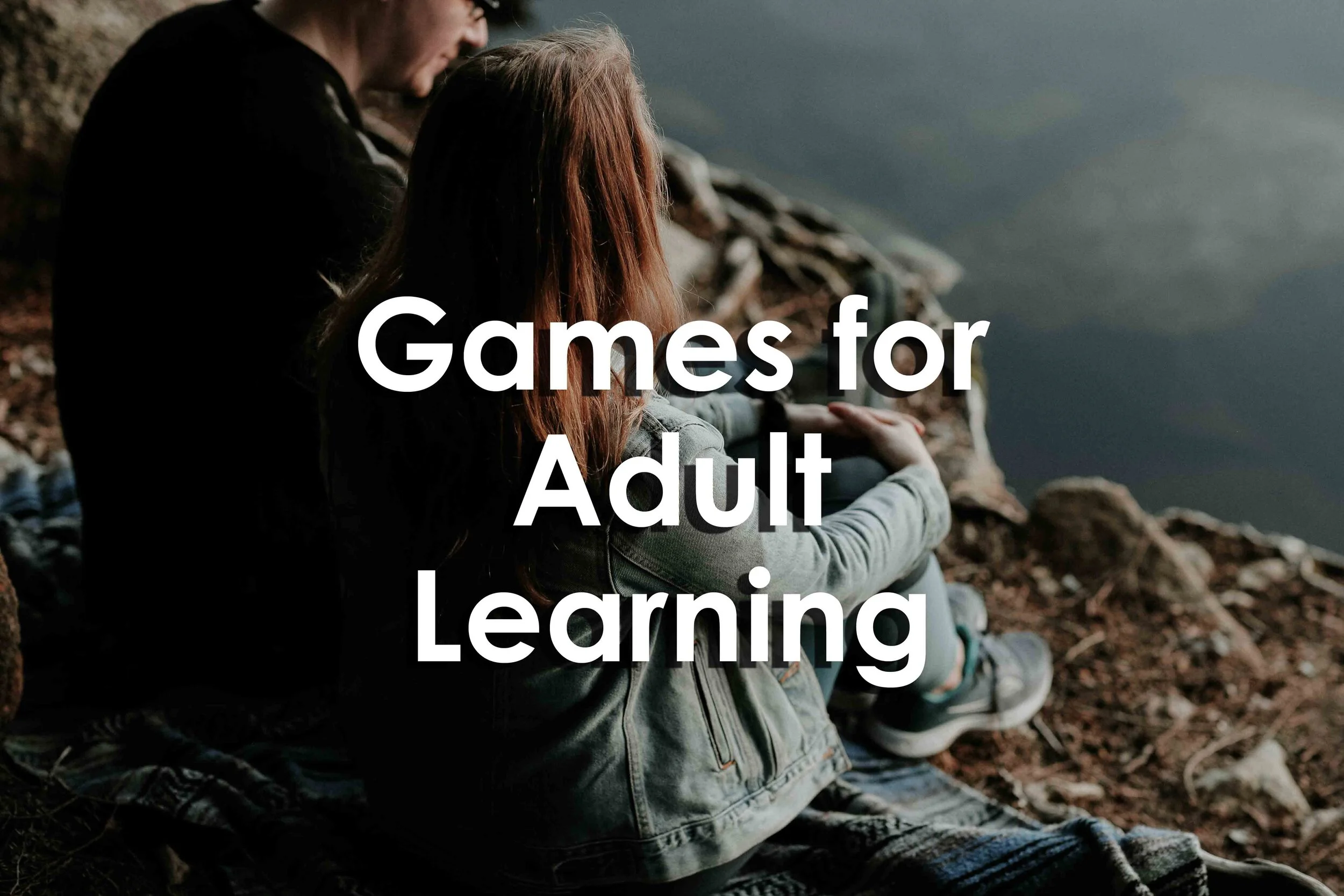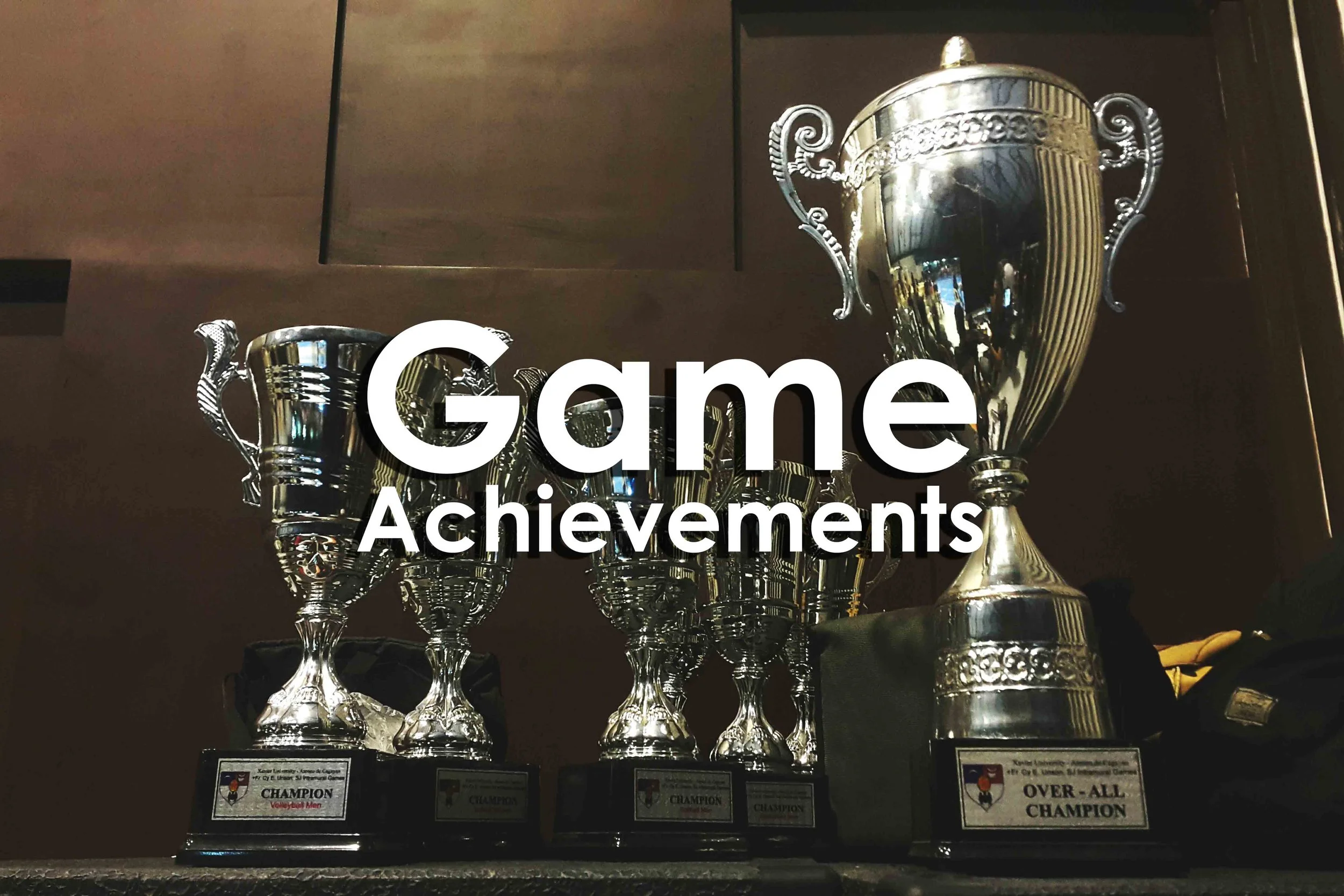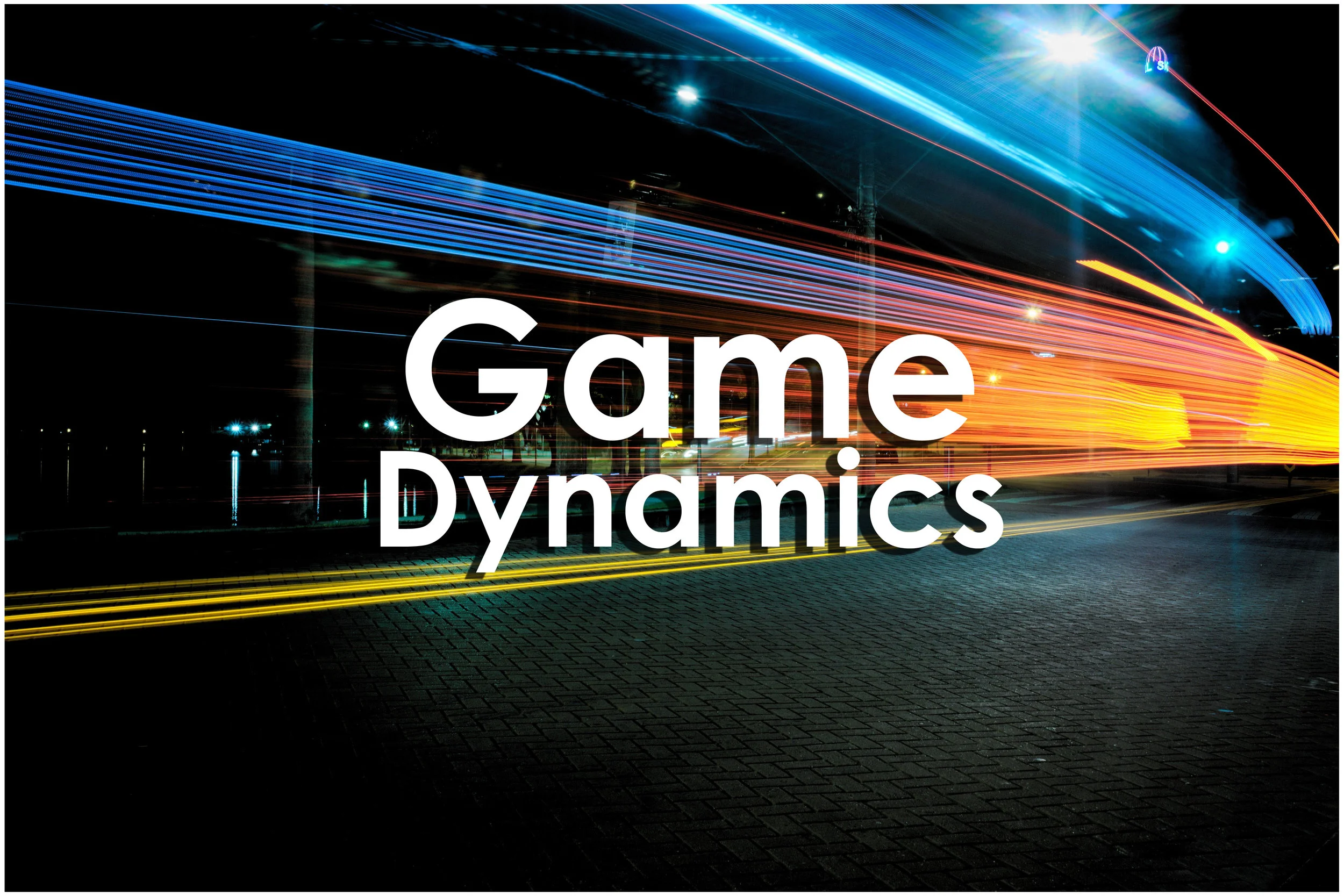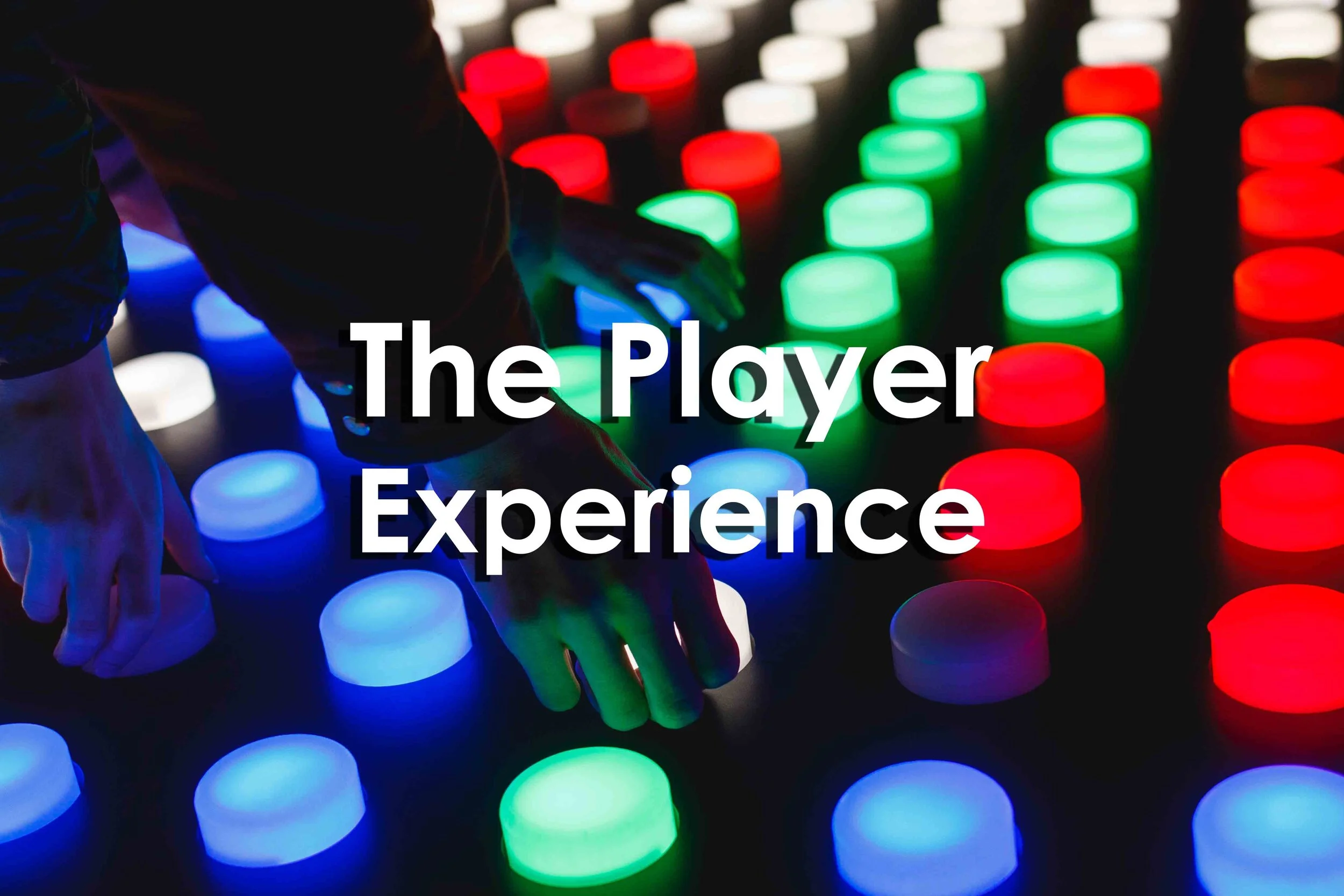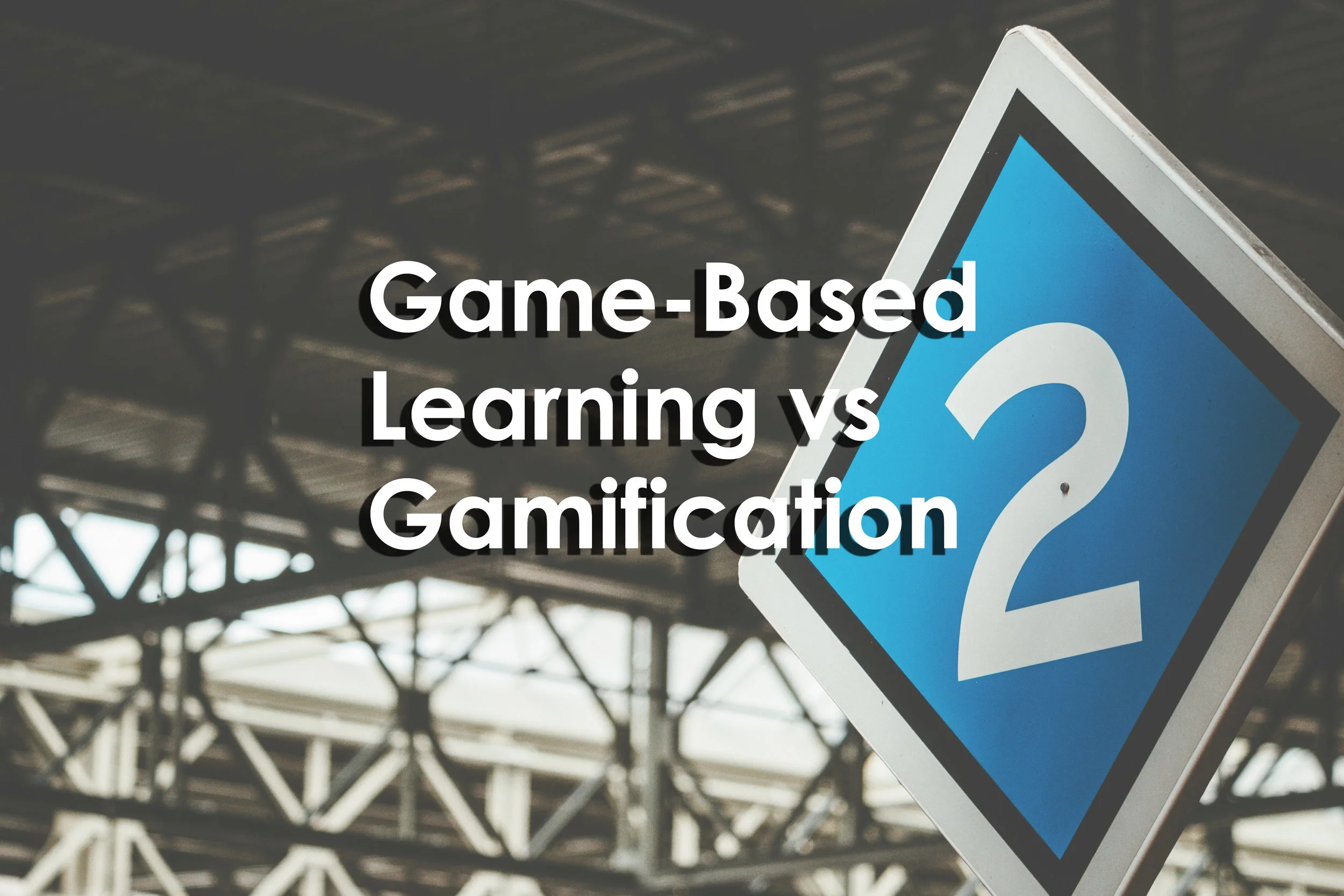This article will address the steps necessary for adapting games for learning. It’ll cover why educators should first adapt games for games-based learning. Challenges that educators often face with adaptation will be addressed as well as how a strategy can be outlined for game adaptation.
Read MoreThis article will review the use of games-based learning as well as reiterate the main reasons why you should consider using it in your teaching and instruction practice. Games-based learning as a student centered approach will be discussed as well as how gameful applications can be explored in education.
Read MoreThis article will answer what learning games are. In addition, common problems and challenges with learning games will be reviewed. Key characteristics of learning games will be provided as well as attributes that make good learning games. The article closes with how to design learning games as well as provides an argument on using games for learning.
Read MoreThis article covers why we should use games for learning as well as includes a definition of games-based learning. Games-based learning often gets confused with gamification; so this article will discuss the differences between the two. Lastly, the article will cover how skills are developed through games-based learning as well as how to use games-based learning in your own practice.
Read MoreThis article will review the positives of learning and gaming in a socialized game environment as well as how gamers, players, students, and educators may create a socialized learning environment. This article will close on the outcomes and applications of socialized gaming.
Read MoreThis article will cover the different areas that games-based learning can be used for addressing soft skills development. This article will cover cognitive internal development; relational development; as well as how games can be used to develop students’ communication and creativity. This article will close with actionable items for using games-based learning to achieve these skill competencies.
Read MoreThis article will review some of the positives of including games in adult learning and development. The application of games compared to other activities will be discussed as well as some digital applications of games based learning.
Read MoreThis article will provide an overview of decisions and the decision space in games. It provides an overview of interesting choices for players. This article will include what characteristics make interesting choices for players; different types of decision spaces; and opportunities for creating informed choices. This article will conclude with direction on creating and designing decision spaces for the player experience a well as applications for both game and instructional design.
Read MoreThis article outlines what a core loop is as well as provides direction in its design. Examples of core loops are provided as well as some fatal mistakes to avoid in the design process.
Read MoreThis article will dive deeper into abstraction in games. Specifically what abstractions are; why they are used in games; and how they affect the player experience. This article will also review specific examples of abstraction in games and how they affect our play and engagement.
Read MoreThis article will provide an overview of achievements; why they should be used; and how achievements affect the player experience. The article will also review the different types of achievements and their applications. While we recognize achievements in game play; we can also use them for games-based learning applications.
Read MoreThis article will address how versatile points are in their applications. They can be used as a rewards system to help players continue to engage. Points can also change the player perception of the game through how they gain feedback. This article will also cover the different design philosophies when incorporating points into games as well as different methods for scoring. Lastly, the article will cover actionable takeaways for building scoring mechanics into your games, serious games, simulations or any other applications of games-based learning.
Read MoreFortnite recently became one of the most successful video games in history, which has been a mixture of surprise, fascination, and wonder for someone like me. Someone who was never been that big on the battle royal train from the beginning.
Celia Hodent’s is the former director of User Experience at Epic Games where she worked on Fortnite from 2013 to 2017. In her original post here: Gamasutra: Celia Hodent's Blog - Understanding the Success of Fortnite: A UX & Psychology Perspective she talks about the combination of her different disciplines in psychology, user experience, and how both informed the development of Fortnite.
Read MoreIntrinsic motivation is one of the most powerful motivating factors for people. Intrinsic motivation is what keeps players playing. They play for the love of the game instead of for a particular reward. But what is intrinsic motivation? What is motivation in general? This article will address intrinsic vs. extrinsic motivation and how you can use both in games-based learning.
Read MoreGames are one of the best places where we can use and apply what we’ve learned through our mistakes in order to inform our experience. Games-based learning is an application where we can use games as formative learning experiences to develop ourselves and our students. Games-based learning is based on experiential learning: learning through experience. But there is one thing for certain that needs to happen more in experiential learning: We need to make more mistakes.
Read MoreDynamics and loops are some of the most important elements of your game design. When thinking about your game dynamics it’s important to consider the following two questions: 1) What actions can players take? 2) How do those actions help them achieve the game objectives? This article will dive deeper into what game dynamics are as well as how you can use them engage the player in the “core loop” of your game.
Read MoreEngaging in a state of “flow” is one of the most mesmerizing things that your players can do. They are engaged with your game. They are performing at the top of their ability. They are so engrossed that they begin to lose track of time. A flow state is something that all designers should aim to achieve in their game design. But what is flow? What is a flow state? How can you achieve it in your own designs?
Read MoreGame themes are often one of the most memorable moments for players. They don’t remember so much the individual actions they took but rather the castle they helped raid; the city they built; or the ship they sailed. The same thing can be said for classes. Students may not remember every lecture, every question, or ever topic ever discussed. But they will remember their outcomes and how they were able to apply what they learned. When done correctly: theme becomes an invisible and inseparable framework for how we define the player experience. When combined with games-based learning; theme and content can help define and shape a memorable and applicable user experience.
Read MoreThe player experience is something that we all shoot for in game design. That’s because the player experience is what the player goes through when they play the game. That experience can be as simple as gamified mechanics in gamification; a games-based learning class; a simulation; or a serious game. The player experience dictates how our creation, our game, is received by our users.
Read MoreBoth gamification and games-based learning have entered popular culture. That means there’s been debate and misunderstanding about what they are; what they’re used for; and what differentiates them. Some people want to use games-based learning when they mean gamification. Others want to use gamification when they should use games-based learning. Just what is the difference between games-based learning and gamification?
Read More

